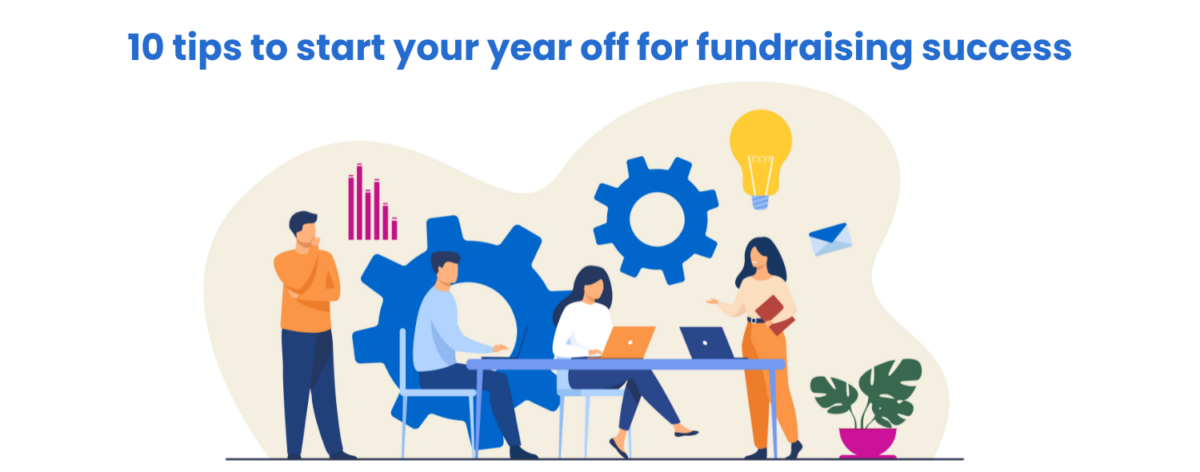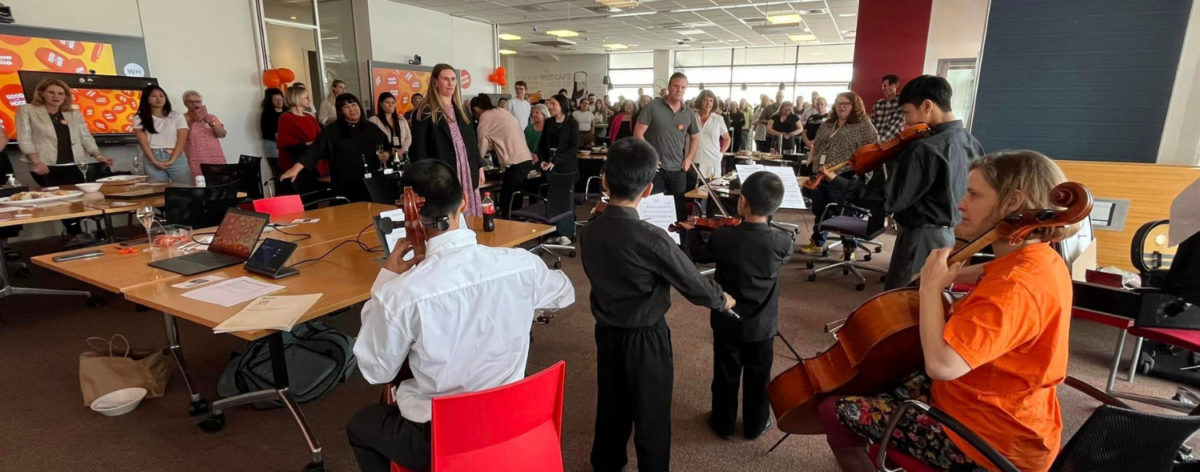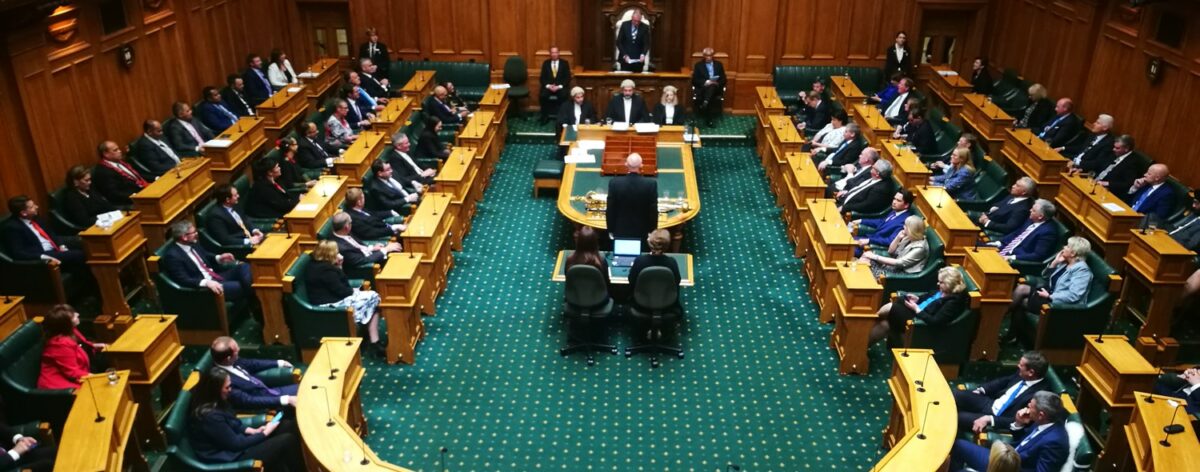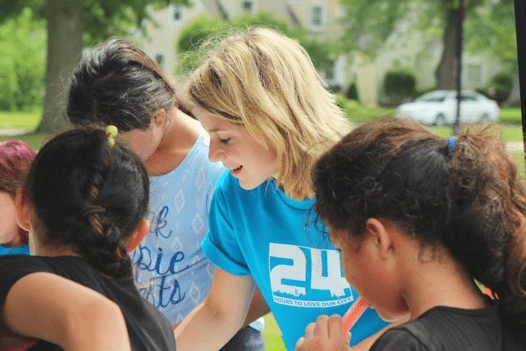10 tips to start your year off for fundraising success It’s the beginning of a new year which means it’s also a great time to prepare a successful fundraising approach. Our coaching team has pulled together the following list of items that we’ll be working through with our members over the next month and we […]










